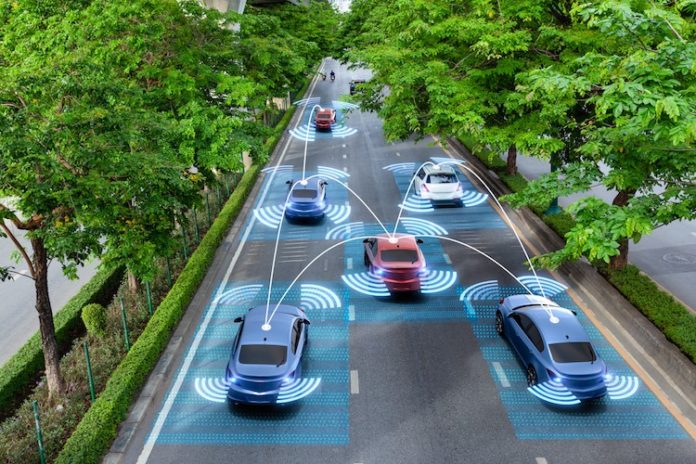Keysight Technologies is working with Nanyang Technological University (NTU) Singapore to develop a transceiver test bench for a hybrid vehicle-to-everything (V2X) communication system.
To fully realise smart mobility, there are several technology challenges including V2X, which is a rapidly emerging technology. V2X technologies include dedicated short-range communication (DSRC) and cellular-V2X (C-V2X). However, a single unified V2X test solution does not currently exist.
NTU Singapore is currently conducting research on a reconfigurable transceiver system specifically for hybrid (DSRC+C-V2X) communication at 5.9 GHz ISM band. This also includes possible extension to the millimetre-wave (mmWave) frequency range using cost-effective complementary metal-oxide semiconductor (CMOS) technology.
Keysight provided NTU with test solutions and capabilities for generating and analysing both DSRC and C-V2X signals. This included testing and validation requirements for multi-components and system-level specifications in V2X communication standards, as well as 5G signal generation and analysis in the mmWave frequency range and multiple-input and multiple-output (MIMO) mode.
As a result, NTU could generate accurate and full characterisation of the newly developed transceiver.
“Keysight’s mmWave expertise and advanced solutions coupled with NTU’s deep exertise in vehicular communications and integrated circuit designs, yielded valuable insights which helped in accelerating the development of hybrid V2X communications that will be testbedded on the NTU Smart Campus,” said associate professor Boon Chirn Chye from NTU’s School of Electrical and Electronic Engineering, the lead investigator for the project.
“We are delighted to provide NTU with a wide range of our test and measurement solutions that enable their cutting-edge research,” said Ee Huei Sin, president of the Electronic Industrial Solutions Group at Keysight Technologies. “It’s another example of Keysight’s ongoing partnerships with universities to discover the next breakthrough in technology.”
















